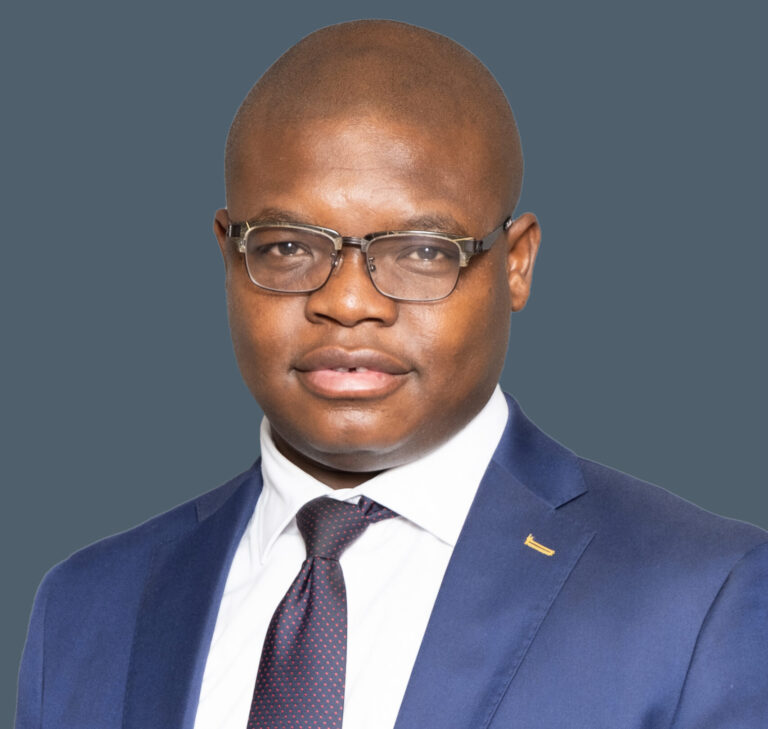By The North Journals Newsroom
Africa’s energy future is packed with promise—but getting there will demand a sturdier vehicle built for the continent’s rugged investment terrain.
Just like a driver wouldn’t embark on a long road trip without a spare tyre or topped-up fluids, investing in Africa’s renewable energy future requires careful planning and risk-proof design. With the African Union setting a bold target of 300 gigawatts of renewable energy capacity by 2030—up from just 72 GW installed by the end of 2023—analysts say success will hinge less on resources and more on structural readiness.
“There’s no shortage of opportunity,” said Opy Ramaremisa, Head of Client Solutions for SA Corporates at Absa CIB. “What’s lacking is alignment between available risk tools and the realities on the ground.”
According to the International Energy Agency, the continent must more than double its annual energy investment—from $110 billion today to over $200 billion by the decade’s close—to meet climate and development goals. Yet projects often falter, not due to merit, but because they are not designed to absorb the financial shocks and political turbulence that frequently hit the sector.
Misaligned Risk Tools
While risk is a known companion in infrastructure development, the tools to mitigate it—such as currency hedging, liquidity buffers, and blended finance—are either too expensive, unavailable, or poorly tailored for Africa’s specific dynamics. That has led to exclusion: worthy projects stall, and capital pulls back or demands prohibitive returns.
“In too many cases, the cost of capital reflects not the project’s risk, but the investor’s inability to manage it,” said Vuyo Mafrika, Head of Client Solutions for Africa Regional Operations at Absa CIB.
Currency volatility stands out as a particularly stubborn hurdle. Most renewable power agreements are tied to local currencies, but funded in dollars or euros—creating a dangerous mismatch. Traditional hedging instruments struggle to function in thin markets with limited convertibility and few long-term options. Local currency financing remains rare, expensive, and short-tenured.
South Africa’s Hedging Blueprint
Some markets are showing how to bridge the gap. In South Africa, Absa offers a wide range of financial hedging products, including long-tenor interest rate and inflation-linked swaps, as well as foreign exchange forwards and options. These tools help corporates lock in costs and manage volatility across multi-year investment horizons.
Beyond South Africa, Absa’s multi-asset teams work across the continent to tailor solutions to country-specific constraints—creating natural hedges, designing structured finance packages, and backing deals with credible risk guarantees.
“When investors can rely on capable institutions offering real-world solutions, the conversation shifts from whether to invest to how best to do it,” Mafrika added.
From Theory to Execution
With Africa Energy Forum 2025 set to convene under the theme “Africa United,” financial and energy leaders are expected to focus on making risk-sharing not just theoretical, but executable.
Industry players increasingly agree that to build a bankable pipeline of projects, especially in underfinanced early stages, the continent needs more than capital. It requires structure: from catalytic equity and concessional finance to policy reforms and durable regulatory frameworks.
“There’s no shortcut around design,” said Ramaremisa. “If the investment vehicle is not equipped for the journey, it won’t matter how promising the road ahead appears.”
As the race toward clean energy intensifies, Africa’s ability to deliver on its ambitions will depend not just on political will or natural resources, but on whether its financial architecture is ready to carry the weight of transformative investment.
